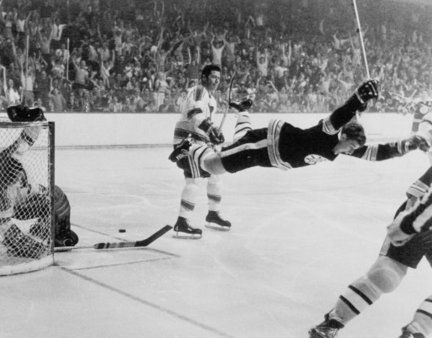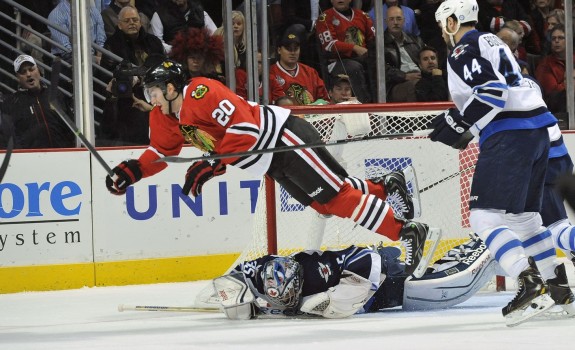This post is part of our series – Hockey 101
Tripping is a penalty that can be committed in a variety of ways. All you really need is contact at the player’s feet that causes the player to lose his balance.

Examining How Tripping Happens
It doesn’t matter how a player’s feet disappear from under him. Whether it be by stick, leg, or body, if an opponent trips over something on your person, you’re going to the box. This is not to be confused with hooking a player’s leg. That would imply that the offending player pulled back on the leg with his stick.
The common scenario for tripping is that the defender has been beaten. Now, he has to make up ground or stop his opponent from getting by. The quickest and easiest way to do that is to take his feet out. For instance, with a breakaway, defenders will do just about anything to take away the scoring chance. Defensemen will dive back and desperately try to poke the away. But this usually ends with the defensemen tripping the opponent.
Enforcement and Diving

Referees have recently had issues with skaters diving and embellishing plays to make it seem like they have been tripped when no such penalty has occurred. So, they are forced to make more of a judgement call in recent seasons. Sometimes a player will go down and no penalty is called if the refs believe that the player is simply going down of their own accord.
Goalies also see less tripping penalties called against them because they have a tougher job of covering the puck. For instance, if a goalie can get to the puck before contact with the opponent, incidental contact after the fact is never a penalty.